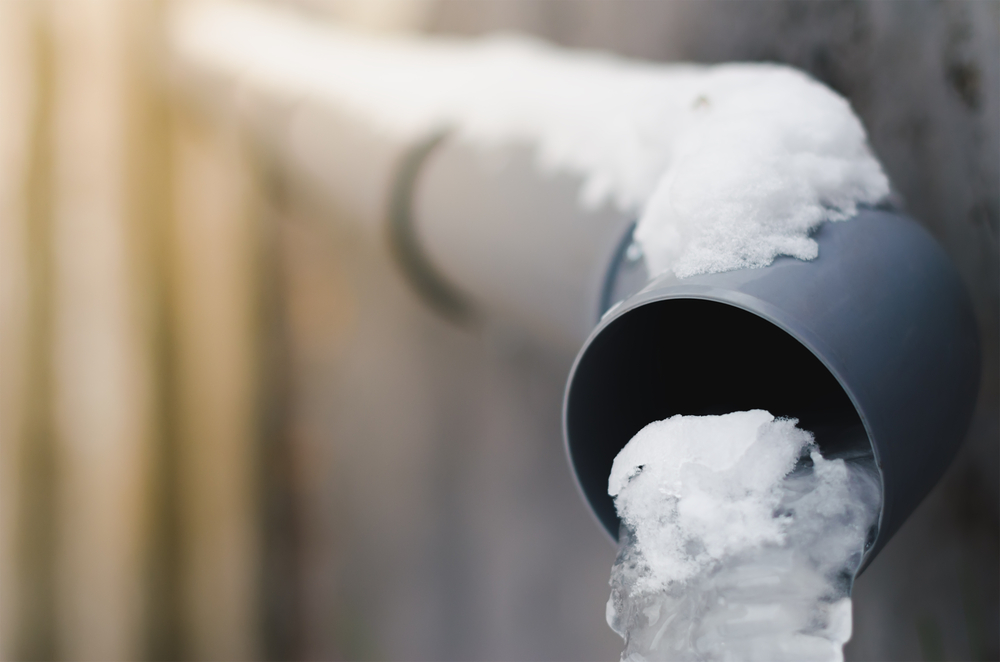The article underneath in relation to Prevent Frozen Pipes is especially fascinating. You should keep reading.

Cold weather can ruin your pipes, particularly by freezing pipelines. Below's exactly how to stop it from occurring and what to do if it does.
Introduction
As temperature levels drop, the threat of frozen pipes rises, potentially bring about costly repair services and water damage. Recognizing how to stop icy pipes is crucial for home owners in chilly climates.
Avoidance Tips
Insulating vulnerable pipes
Wrap pipes in insulation sleeves or utilize warmth tape to protect them from freezing temperature levels. Focus on pipelines in unheated or external locations of the home.
Home heating techniques
Maintain indoor areas sufficiently warmed, specifically locations with pipes. Open up closet doors to enable cozy air to flow around pipelines under sinks.
Just how to recognize icy pipelines
Try to find decreased water circulation from faucets, uncommon odors or noises from pipelines, and noticeable frost on exposed pipes.
Long-Term Solutions
Architectural adjustments
Consider rerouting pipelines far from outside wall surfaces or unheated locations. Add extra insulation to attics, cellars, and crawl spaces.
Updating insulation
Purchase premium insulation for pipes, attic rooms, and wall surfaces. Appropriate insulation aids maintain consistent temperature levels and lowers the danger of icy pipelines.
Protecting Exterior Plumbing
Garden hose pipes and outside faucets
Detach and drain yard pipes before winter months. Set up frost-proof faucets or cover outside taps with shielded caps.
Understanding Frozen Pipes
What causes pipes to ice up?
Pipes ice up when subjected to temperatures listed below 32 ° F (0 ° C) for expanded periods. As water inside the pipes freezes, it expands, putting pressure on the pipe wall surfaces and potentially triggering them to rupture.
Dangers and damages
Frozen pipelines can cause water supply disruptions, property damages, and pricey fixings. Ruptured pipes can flooding homes and create comprehensive architectural damage.
Indicators of Frozen Pipeline
Recognizing icy pipes early can avoid them from bursting.
What to Do If Your Pipes Freeze
Immediate activities to take
If you suspect frozen pipes, keep taps open up to relieve pressure as the ice thaws. Make use of a hairdryer or towels taken in hot water to thaw pipes slowly.
Conclusion
Protecting against frozen pipelines calls for proactive actions and fast actions. By recognizing the causes, indicators, and safety nets, house owners can secure their plumbing during winter.
5 Ways to Prevent Frozen Pipes
Drain Outdoor Faucets and Disconnect Hoses
First, close the shut-off valve that controls the flow of water in the pipe to your outdoor faucet. Then, head outside to disconnect and drain your hose and open the outdoor faucet to allow the water to completely drain out of the line. Turn off the faucet when done. Finally, head back to the shut-off valve and drain the remaining water inside the pipe into a bucket or container. Additionally, if you have a home irrigation system, you should consider hiring an expert to clear the system of water each year.
Insulate Pipes
One of the best and most cost-effective methods for preventing frozen water pipes is to wrap your pipes with insulation. This is especially important for areas in your home that aren’t exposed to heat, such as an attic. We suggest using foam sleeves, which can typically be found at your local hardware store.
Keep Heat Running at 65
Your pipes are located inside your walls, and the temperature there is much colder than the rest of the house. To prevent your pipes from freezing, The Insurance Information Institute suggests that you keep your home heated to at least 65 degrees, even when traveling. You may want to invest in smart devices that can keep an eye on the temperature in your home while you’re away.
Leave Water Dripping
Moving water — even a small trickle — can prevent ice from forming inside your pipes. When freezing temps are imminent, start a drip of water from all faucets that serve exposed pipes. Leaving a few faucets running will also help relieve pressure inside the pipes and help prevent a rupture if the water inside freezes.
Open Cupboard Doors
Warm your kitchen and bathroom pipes by opening cupboards and vanities. You should also leave your interior doors ajar to help warm air circulate evenly throughout your home.

Hopefully you enjoyed our post on Prevent Frozen Pipes . Thanks so much for taking a few minutes to browse our article post. Sharing is caring. Helping people is fun. I value your readership.
Call Today